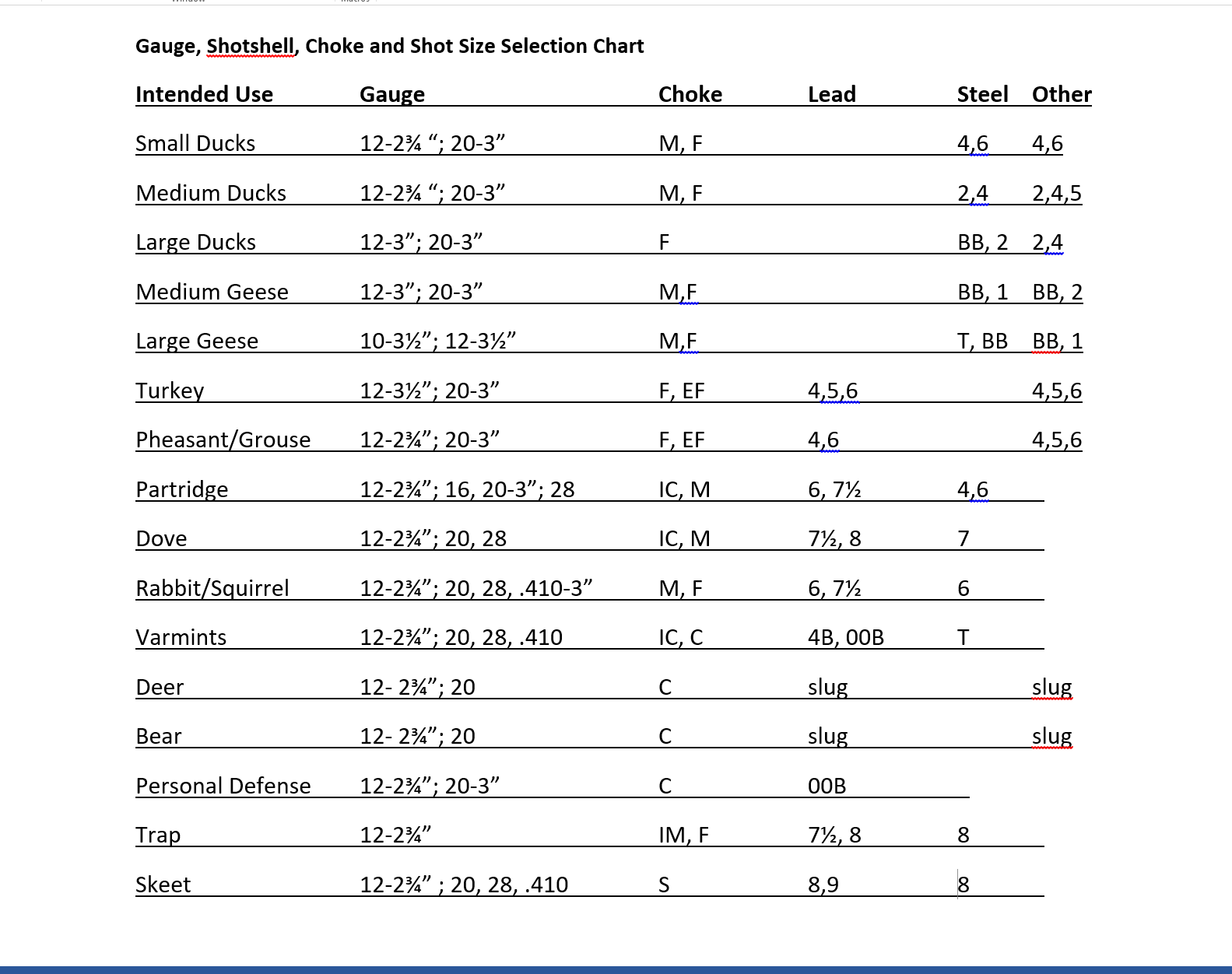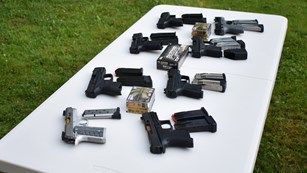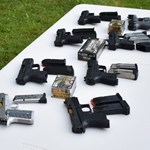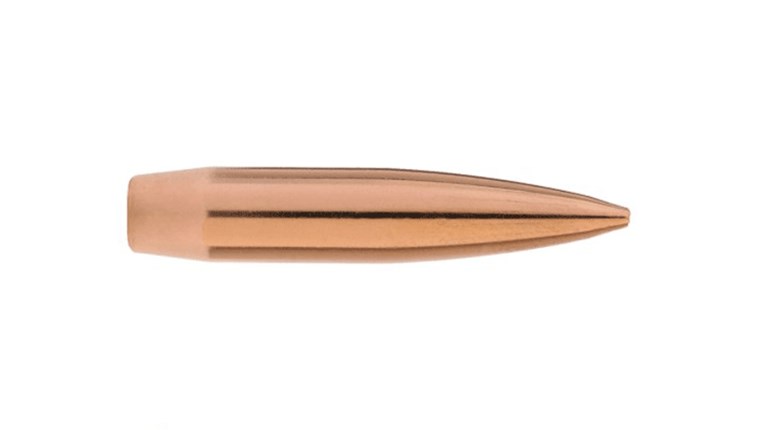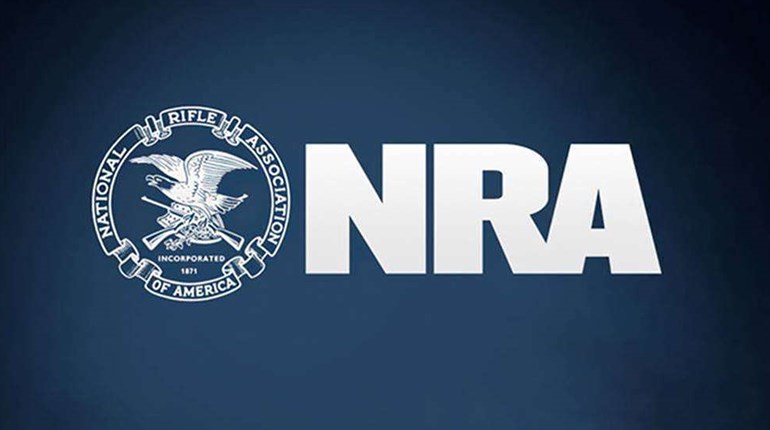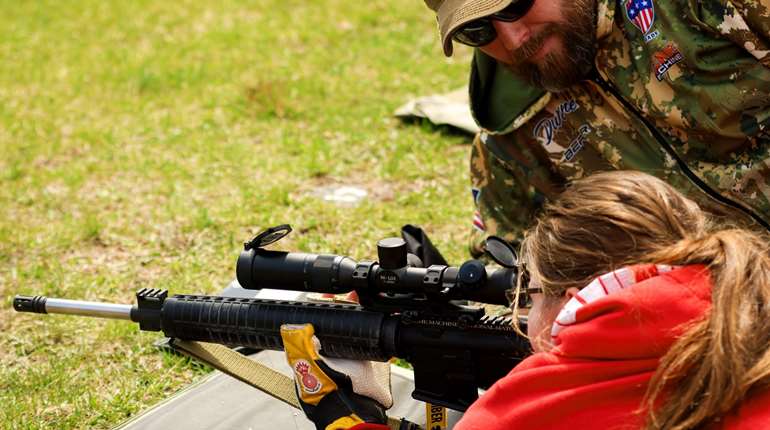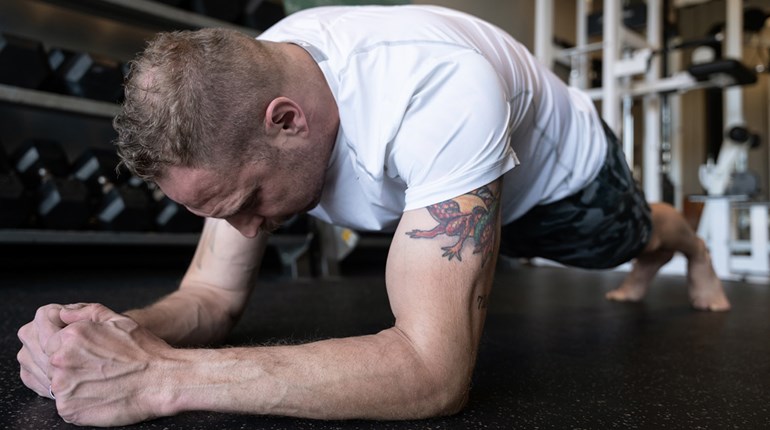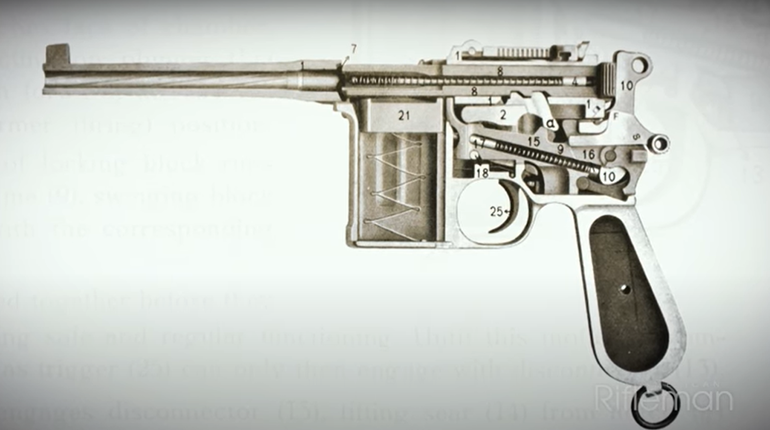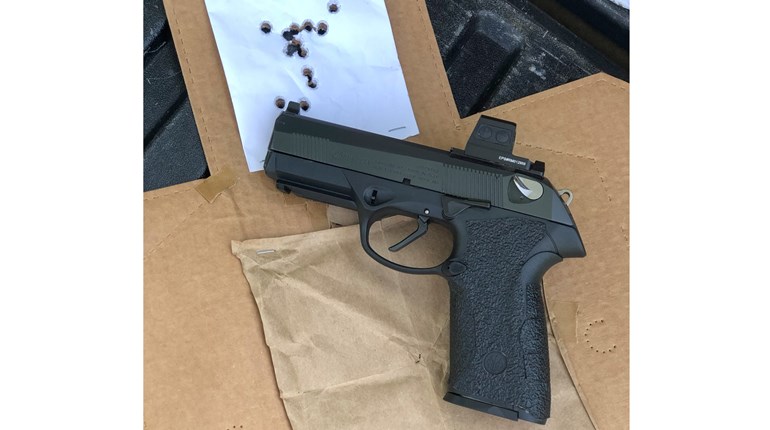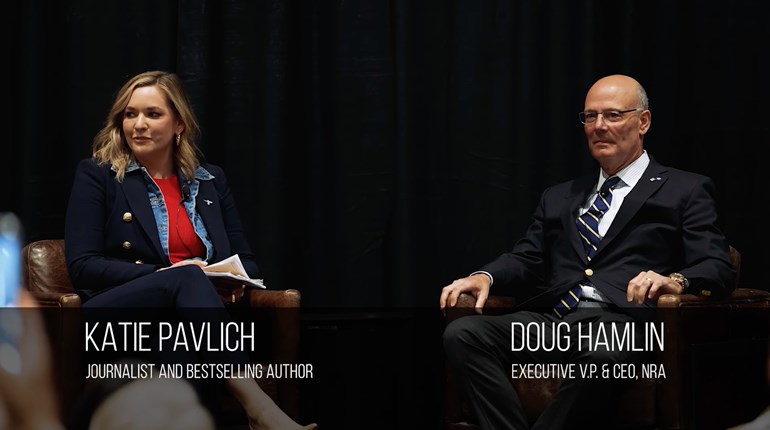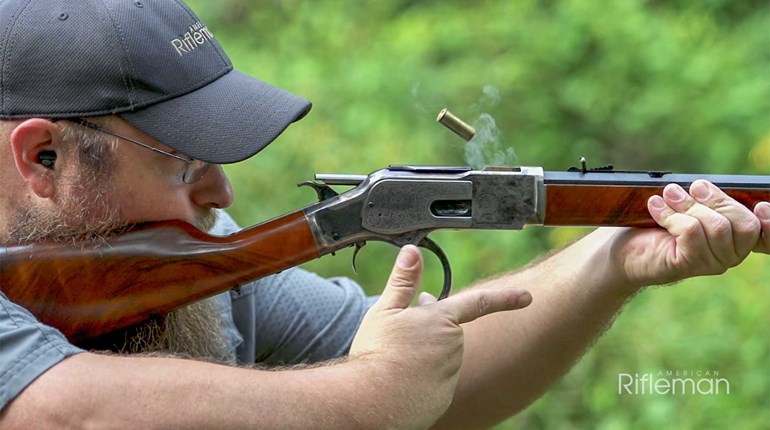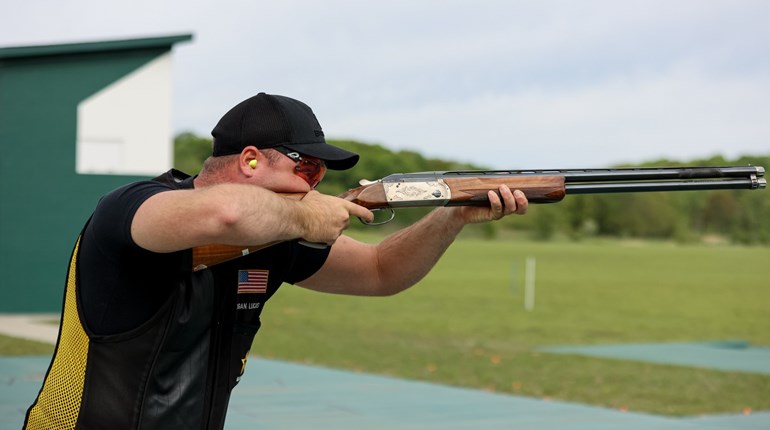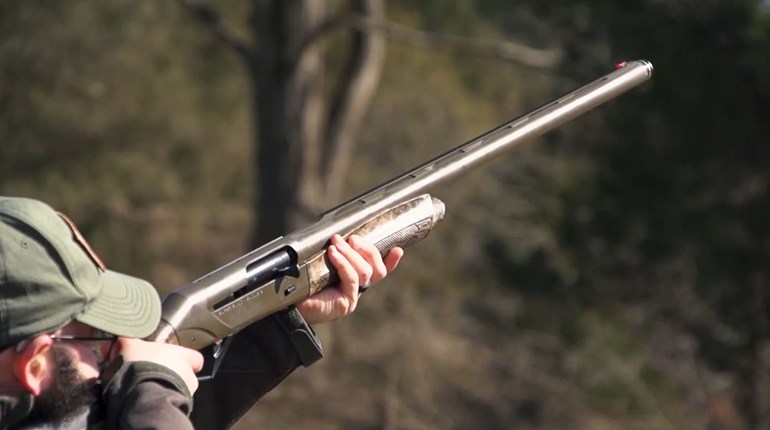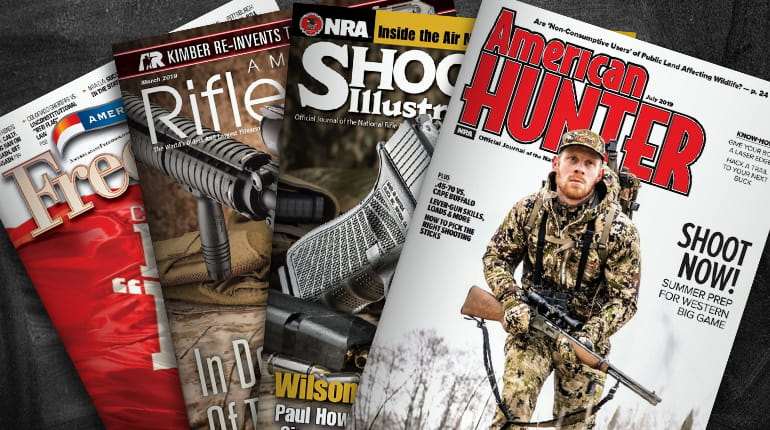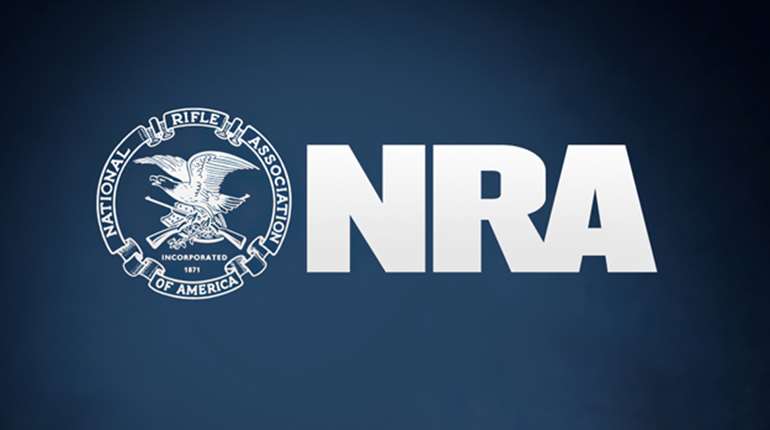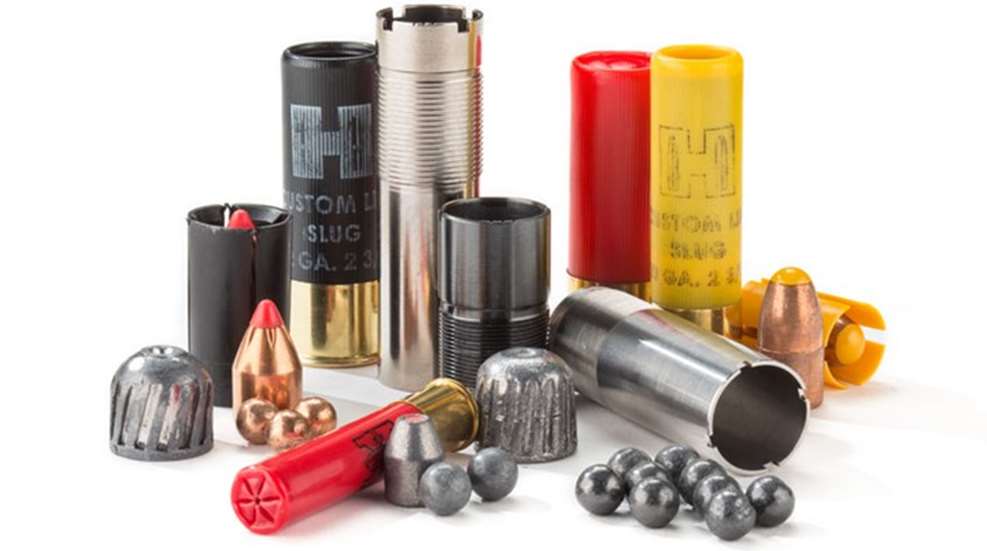
Shotguns are terrifically versatile firearms, suitable for everything from shattering clay pigeons, to putting food on your table, to protecting your home. You probably already know what a gauge is (if not, we have a quick primer here), but selecting the right gauge for your intended shotgun use is really just the beginning. There are two other factors at play: choke and shot size.
A shotgun's choke is down at the muzzle end of the barrel. It's a constriction in the last 2 to 2½ inches of the barrel that squeezes the shot column down to a lesser diameter using a tapered cone between two parallel surfaces. The choke may be fixed--meaning it's swaged into the barrel itself; it may be interchangeable (meaning you can use screw-in choke tubes of different constrictions); or it may be variable (a permanently mounted choke device that can be adjusted to different constrictions by twisting a collar).
Chokes greatly affect downrange patterning. Very tight chokes produce small, dense patterns that travel relatively further than open chokes do. Shooters and hunters can match choke selection to the types of shots they anticipate. In the chart below, we refer to your choices in choke by letter; here's what we mean. C is "cylinder," meaning no constriction, best for slugs and buckshot. IC is "improved cylinder," best for close-range bird hunting. M is "modified," best all-around choice for bird and small-game hunting. F is for "full," for upland bird and waterfowl hunting. There are also specialized chokes for skeet and turkey hunting (the latter is called "extra full").
Shot size is also important. In general when you're looking at shot size, the larger the number designation, the smaller the pellets will be. Thus, 00B--also known as "double-ought buck"--represents the largest pellet size. The material with which the pellets is made is also important; lead is heavier and delivers better terminal performance, but is not used in waterfowl hunting. You'll also find shotshell pellets in steel and "other" metals, such as tungsten.
Materials technology for ammunition is constantly involving and improving (especially in the arena of lead alternatives), so the below chart should be referenced as a "rule of thumb" when you are in doubt.
